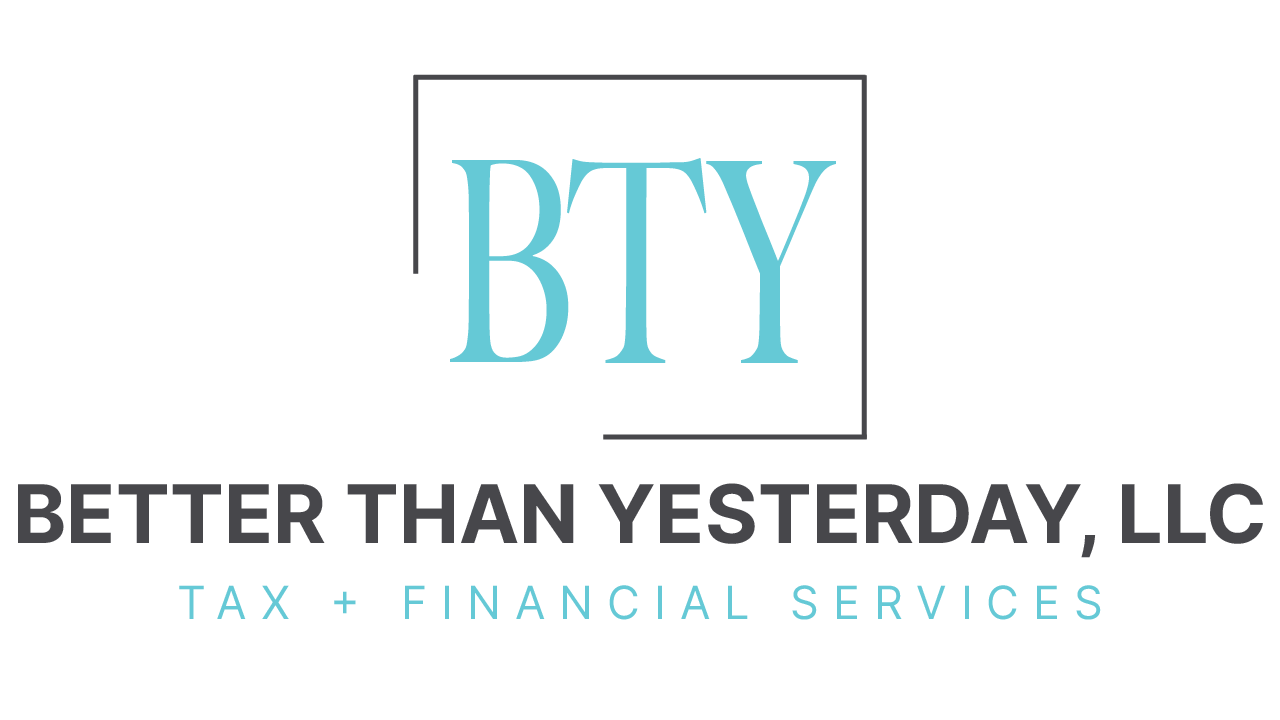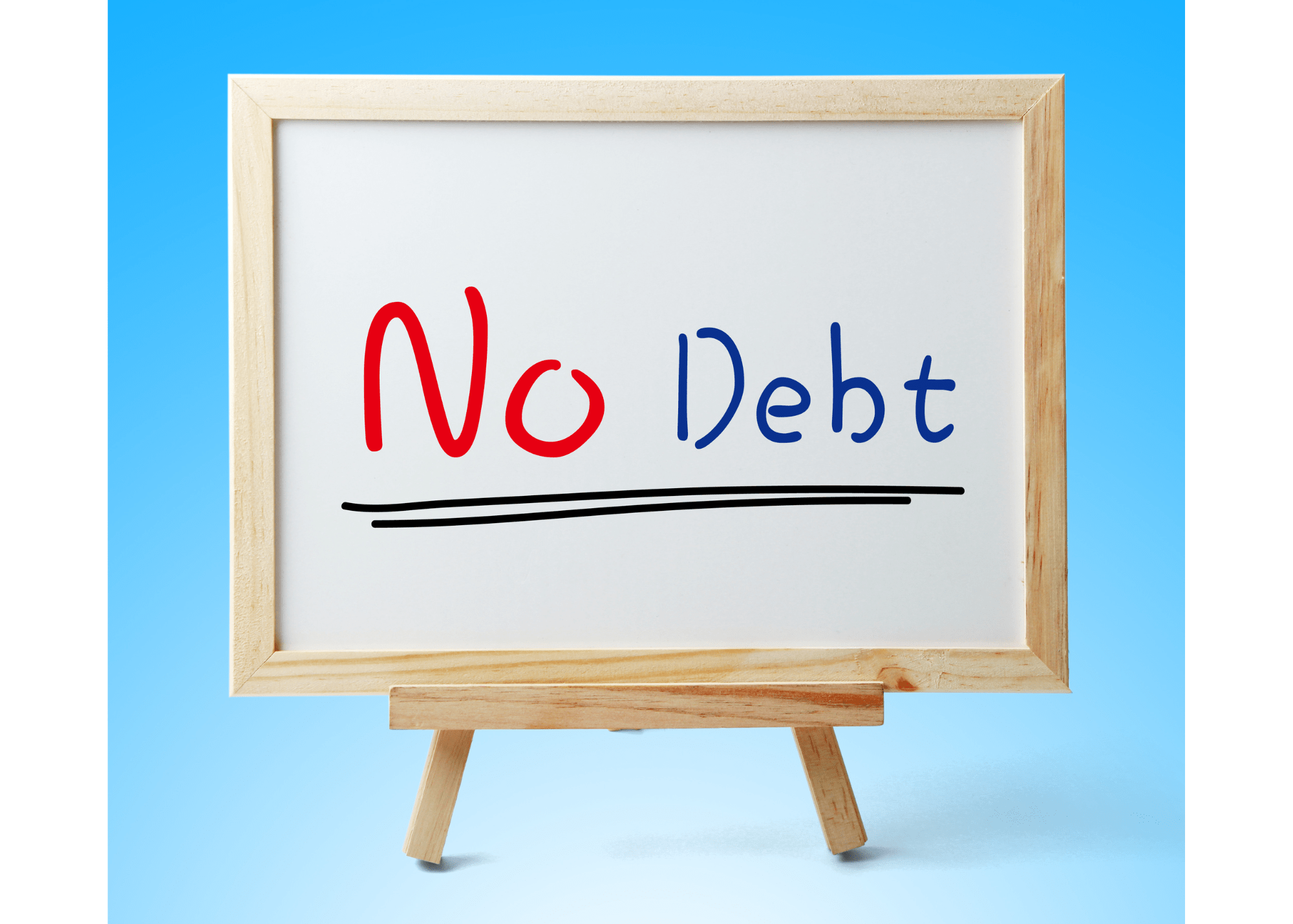Is it time to make the switch to a single income?
Whether you are single and working two jobs, or whether you are married and want to transition to a single income.
There are steps that you should follow to make the change as easy as possible.
Here are the seven steps to switching to a single income –
1. Create A Single Income Budget
Okay, if you’ve been following the blog for a while you should’ve seen this step coming!
Having a budget is literally the best road map to any of your financial decisions.
It’s so beneficial to have for all of life’s curveballs, changes, and heartaches.
If you don’t have a budget in place, click here to figure out how to start one!
Once your budget is created, it will give you the ability to easily evaluate what your expenses look like compared to your income.
A budget will show you what you need to live and what you can live without.
In this case, a budget will show you if you can live without one income.
When you have a budget you are setting your future self up for success!
2. Pay Off Debt
Taking care of debt will give you more freedom to transition to a single income. Freedom from payments is AMAZING and gives you so much flexibility!
If you can, I highly recommend making it a goal to pay off all consumer debt (everything except your home mortgage) prior to switching to a single income.
You will be glad you did!
Of course, there are situations where that isn’t possible. Maybe you are having a baby and in the middle of paying off your debt.
You obviously don’t have the ability to put the baby on hold!
So, if you are in a situation where you can’t be debt-free prior to switching, then please make sure that your single income will still give you the ability to work towards paying off your debt.
If you don’t know how to pay off your debt, head this way!
3. Consider Health Insurance Options
Health insurance is pretty pricey!
Before making the change to a single income, it’s best to know what your health insurance options are.
Maybe your spouse has a health insurance plan that you can be added to. Or maybe you will be able to afford health insurance with your single income.
Whatever it is, please make sure you are covered!
Because life happens.
4. Consider Retirement Options With A Single Income
Another factor to consider is your new retirement plan.
If you’re making the switch, and you are consumer debt-free –
Then be sure to contribute 15% of your income to retirement accounts. If you are married and switching to one spouse’s income, then the non-working spouse can still contribute to an Individual Retirement Account (IRA).
If the non-working spouse is considering side hustles, then there may be other retirement options available to be considered.
Just be sure to take care of your future self!
5. Fully-Funded Emergency Fund
While we are talking about taking care of your future self, let’s discuss a fully-funded emergency fund!
We all know that life happens – if you don’t know then you will find out eventually! It is SO important to be prepared for the unexpected. Especially if you are reducing your income.
A fully-funded emergency fund is 3-6 months of household expenses.
So, if you look at your budget and see that the total monthly expenses are $3,000. Then your emergency fund should be $9,000 to $18,000.
If you already have an emergency fund in place, then you may want to consider increasing it to six months of expenses.
6. Practice Makes Perfect
Prior to making the transition, you should do a trial run!
For 2-3 months, you (and your spouse) need to commit to living on one income. This will give you the opportunity to see how it feels, and what areas of the budget you need to adjust or reconsider.
If you breeze through your trial run, then this will give you a couple more months of extra income to put towards your debt, emergency fund, or other savings!
7. Improve Basic Household Skills For A Single Income
Finally, improving your basic household skills will lead to you living a more frugal life!
Prior to or during the trial period, you should consider developing some household skills, like –
- Food preparation and meal planning
- Household management
- Basic repair skills
These basic household skills may not seem like they’d save you a lot, but they can be the difference between paying $100 to a repairman or paying $10 for a part. Or paying $20 for a meal compared to paying $5-10.
If you saved $70 a week just in food preparation that would be $280 a month. And that’s only calculating one meal a day!
I don’t know about you, but I need three meals a day. So do that math!
Switching to a single income can seem scary, but it’s also exciting!
Just be sure to plan for the transition to make your change as smooth as possible. I wish you the best of luck on your journey to a single income! Follow along for more money tips!






